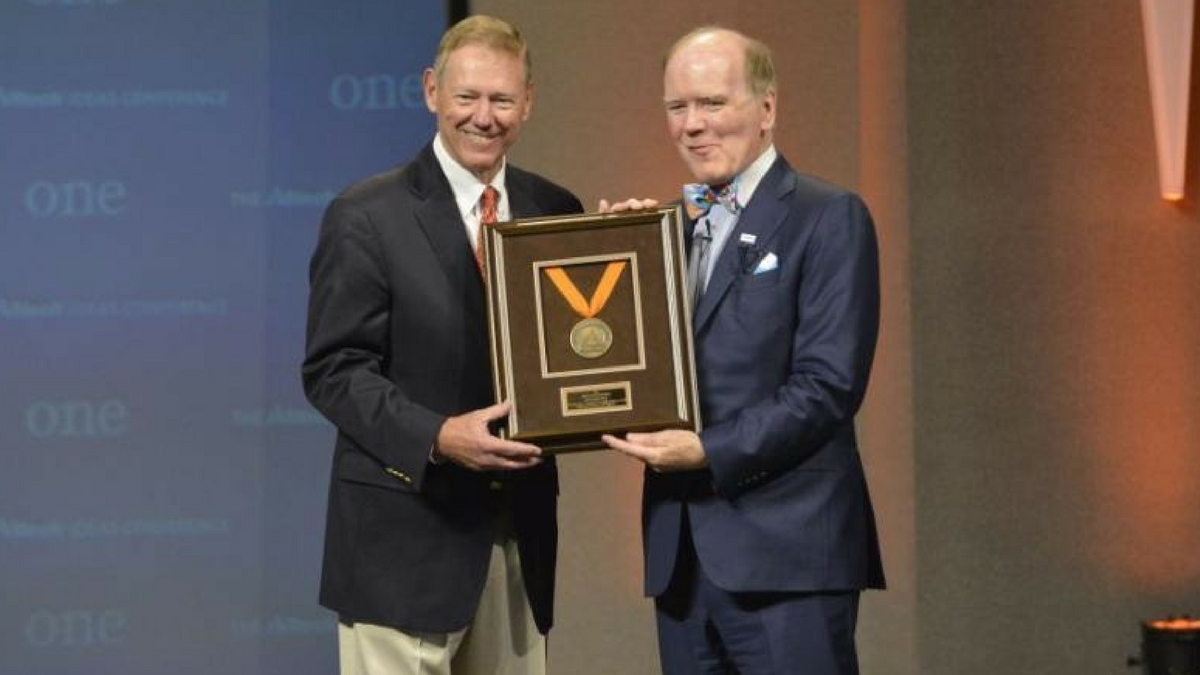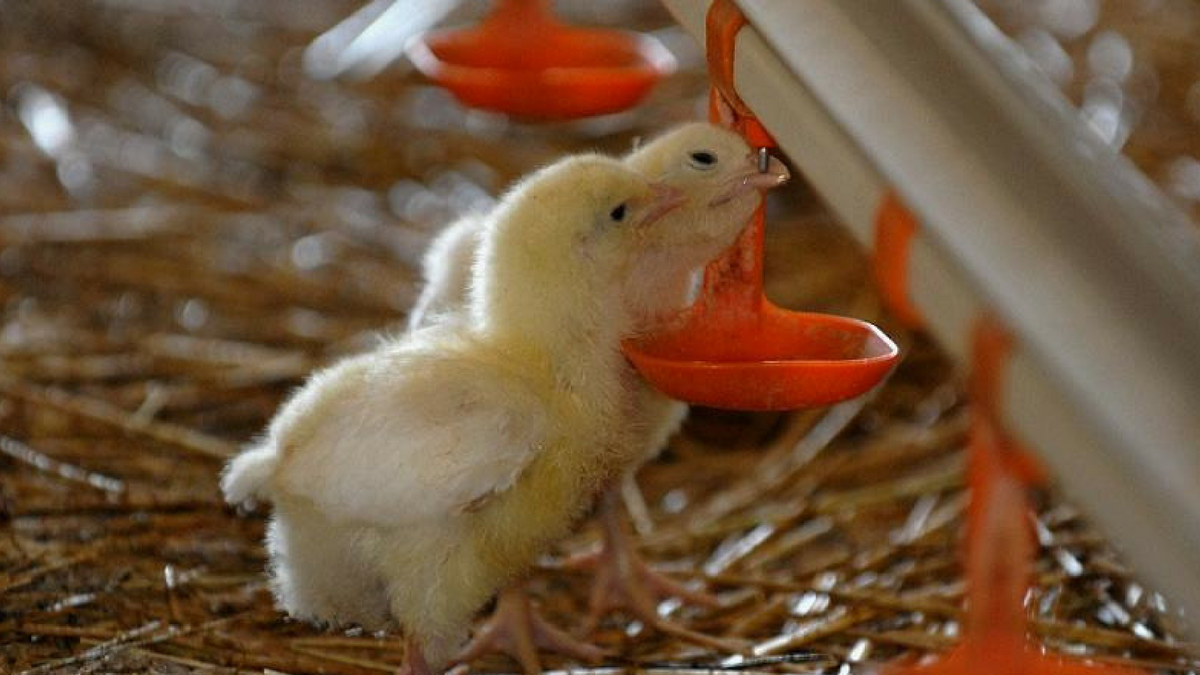An industry in overdrive: Providing perspective on mission-driven agriculture
Mission-driven companies are often viewed as places where employees feel their work contributes to a higher purpose. When it comes to “mission-driven agriculture,” the industry is now responding to consumers who are looking for their food/diet to serve a higher purpose, said Rebecca Noble, Alltech Crop Science business development executive.
“Consumers’ perceptions of their diet have changed,” added Noble. “Food and nutrition are now seen as a gateway to health. It’s not just about weight loss and body image.”
A 2015 Nielsen report asserts that, globally, 80 percent of consumers are choosing foods for their diet as a means to forestall health issues and medical conditions. Consumers are also increasingly factoring agricultural production methods into their food purchasing decisions.
“Their decisions are now based on beliefs and convictions that go far beyond cost and convenience,” said Noble. “Awareness about the social and environmental impacts of farming is also fueling their decisions.”
Agriculture is being called upon to reinvent itself and further propel human advancement.
“The industry is now being transformed into a mission-driven industry,” she said.
Who is in the driver seat?
Perhaps in no other industry are the needs and desires of consumers being felt so profoundly than in food production, commented Noble.
“Mission-driven consumers are flooding the marketplace with greater capacity and purchasing power each year,” she said.
Believing that the right food choices will lead to better health, 25 percent of consumers are willing to pay a premium for products, with the following five categories being key:
- All natural
- GMO-free
- Low/no fat
- Gluten-free
- Organic
The organic category continues to be the largest segment for attracting premiums in store aisles. In 2014, organic sales in the U.S. reached $40 billion, and global sales are projected to reach $1 trillion by next year.
Grocery stores are reporting that new food perceptions are especially concentrated in younger generations, with millennials driving the organic category. Adding to the momentum is Generation Z, aged 20 and under, as many of them head to college and make independent food purchases for the first time.
With growing demand, retailers are working creatively to keep their organic supplies steady. One big box store is even lending money to farmers to help them secure land for organic production.
What’s ahead on the journey?
Sales of foods grown locally could eclipse sales of organic food. Grocery chains and big box retailers are aggressively expanding and marketing their locally grown offerings for sale. Retailers are finding themselves reinventing their stores to provide high quality, locally produced food that is also affordable.
Demands on conventional farming are the next frontier, as consumers continue to want to know more about the way in which their food is produced, explained Noble.
“Mission-driven producers are working carefully to not just change their agricultural practices to respond to consumer demands,” she said. “They are helping to tell the story — creating new narratives — surrounding food production.”
Likewise, some large retailers are creating consumer-facing campaigns. They are educating shoppers beyond health and wellness issues to producers’ management and land practices, water use, farm worker safety and energy consumption.
Within a mission-driven agriculture system, Noble described symbiotic relationships forming between both retailers and consumers and retailers and producers.
“Consumers are no longer just simply eating,” said Noble. “Retailers are no longer simply just buying and selling. Producers are no longer being asked to just simply produce. Things have been put into overdrive.”
Metaphorically, we’re all in the car together, concluded Noble. This will call for true collaboration, especially between retailers and producers, to realistically and systematically take us to the next frontier.
“Consumers and retailers are influencing each other, and more and more producers are taking their business, their mission and how they are perceived in the market into their own hands,” Noble concluded.
Finally, market competition will play a key role in keeping mission-driven dreams balanced, attainable and accessible for all.
Rebecca Noble was a presenter at ONE: The Alltech Ideas Conference. Audio recordings of most talks from ONE will be made available on the Alltech Idea Lab by mid-June 2016. For access, click on the button below.
- Read more about An industry in overdrive: Providing perspective on mission-driven agriculture
- Log in to post comments



























